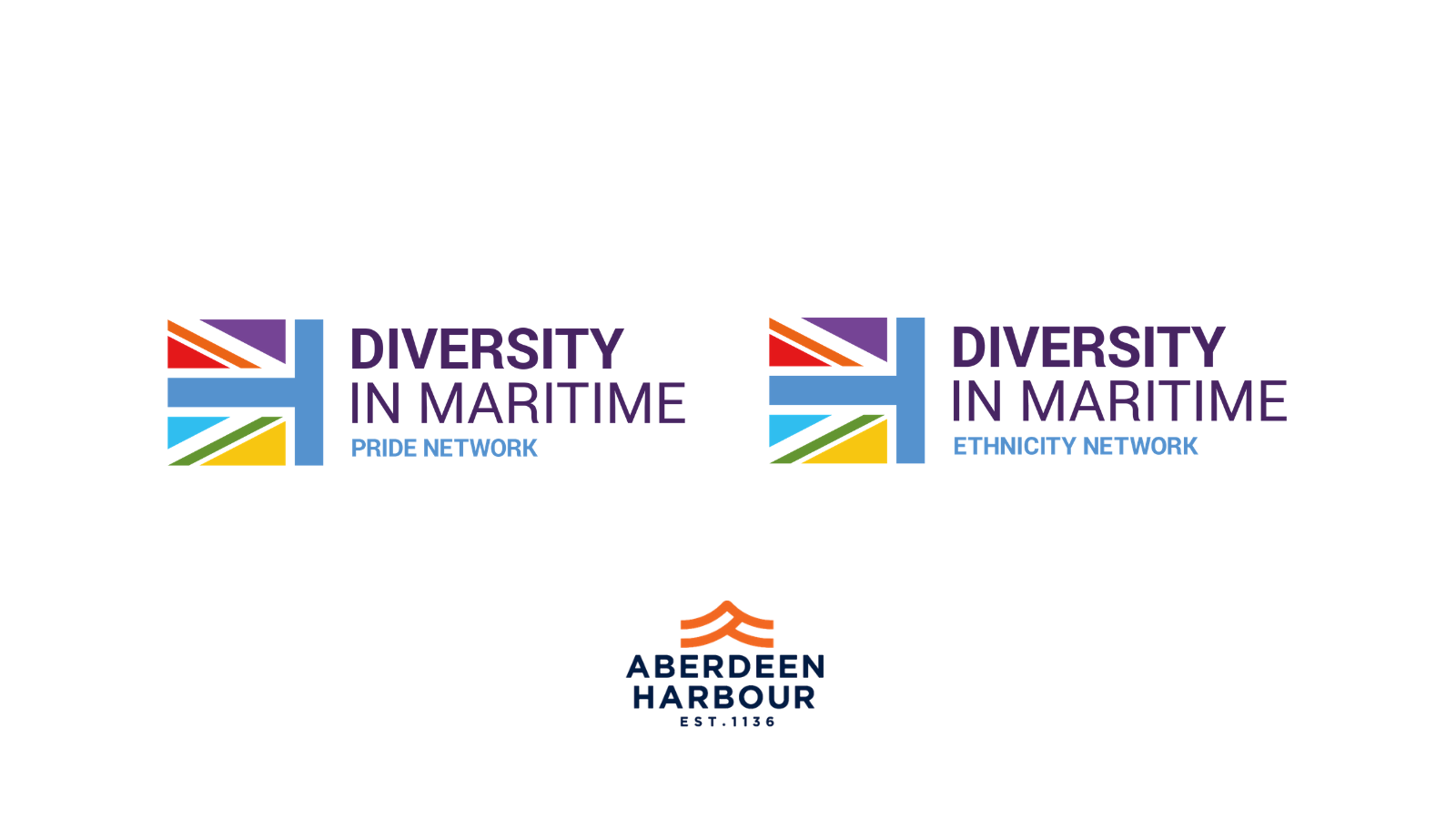Blog: Highlighting the importance of intersectionality during Pride Month

It’s easy to look up the meaning of intersectionality in the dictionary, but what does it really mean to someone’s daily life when they are part of two or more different diverse groups?
I am not sure how many of you reading this blog have seen the film “A Time to Kill.” This is one of the best films I have ever seen that tackles the issue of racism and privilege head on and is based on a true story. The most poignant line for me of the entire film is in the final scene when Matthew McConaughey says to the jury, “Can you see her? Now, imagine she is white…”. This line is one that I will never forget as its raw brutality really slap you in the face.
The nature of the defendant and the white privilege that surrounded him, the assumptions made about black people and their “type”, meant that the character played by Samuel. L Jackson had to pray for a miracle to not be sentenced to death. Luckily for him that miracle manifested itself in his lawyer.
If we think of how Covid-19 has affected different people around the world, we know from reports, research and statistics that underrepresented groups have been the hardest hit. When you think of someone that is from a Black, Asian, or Minority Ethnic (BAME) background, who could also be intersectional with another diverse group, the hurdles are higher and the isolation greater.
June is Pride month in the UK and for many other countries. It is a chance to celebrate LGBT+ communities, and for those who do not identify as LGBT+ a chance to show allyship. As Chair of Ethnicity in Maritime, I would like us to reflect on how many more layers of complexity there are for those who are part of two (or more) minority groups.
Research shows that when identifying in such a way, you are much more likely to face double discrimination, and a number of other barriers - fewer chances to break through glass ceilings and fewer opportunities to be treated fairly, progressing fairly and equitably - in education, in your career and throughout daily life. It is widely known that being BAME and LGBT+ can mean people face discrimination from religion, culture, friends and family as well as in the workplace.
I am an ally to the LGBT+ community and I have not personally faced the issues that many LGBT+ people face. I am however intersectional - a black female, working in a white and male dominated industry. I have felt and been told in more than one instance throughout my career that I was picked for this or that because of being “the token diverse element.”
When you receive microaggressions daily and from different sources, you start to question yourself. Imposter syndrome can flare up and your own identity is very much impacted. I cannot say I receive them daily, but I have had more than my fair share.
Nowadays I tend to bat these microaggressions off, or I am equipped with a series of retorts ready to silence the perpetrator. Nevertheless, we should not accept any form of exclusion or disrespect and should be ready, in the appropriate manner, to call it out!
In February I had the pleasure of hosting a guest speaker for LGBT+ History Month who really opened my eyes on intersectionality and the two minority groups he was part of. Listening to his personal and unique situations, he told us of words and discrimination that I could not identify with. Though I am intersectional myself, I had never been exposed to them. It certainly made me think of the effects on one’s psychological safety as well as physical safety.
We must not forget that many people have more than one identity. We must also not forget that many people can be deemed to be privileged, and they can use the power of their privilege to assist others.
Our friends and colleagues in the industry, who do not identify with any diverse grouping, can use their privilege to support others, such as BAME and LGBT+ people, by ensuring that people know them to be an ally to others.
Those of us in one diverse group can also support others, as Debbie Cavaldoro, co-chair of the Diversity in Maritime Taskforce wrote in a blog during LGBT+ History Month. Those of us in more than one group can use our experiences - good and bad - to show others the unique challenges faced by intersectional people.
The important thing is that together we can push boundaries. Together we can challenge systems, institutions and people who perpetuate all forms of inequality. By understanding diversity and intersectionality we should be able to understand privilege. To be able to do both of these things we need to be prepared to listen to the real-life experiences lived by other people which are likely to have been so profoundly different in ways that cannot be imagined.
I would like to invite the attendees of the Pride in Maritime Network to attend the next Ethnicity in Maritime Network, taking place on Tuesday 15 June from 10:00-12:00 so that we can further build our intersectional work in the maritime industry.
- You can register to attend the next Ethnicity in Maritime Network here: https://www.maritimeuk.org/priorities/people/diversity-maritime/networks/ethnicity-network/
- You can register to attend the next Pride in Maritime Network taking place on 23 June from 14:00-16:00 here: https://www.maritimeuk.org/priorities/people/diversity-maritime/networks/pride-maritime-network/
This is a guest post written by Cecilia Harvey, Chair of Maritime UK’s Ethnicity in Maritime Network and Global EDI Lead at Royal HaskoningDHV, in partnership with Diversity in Maritime.
